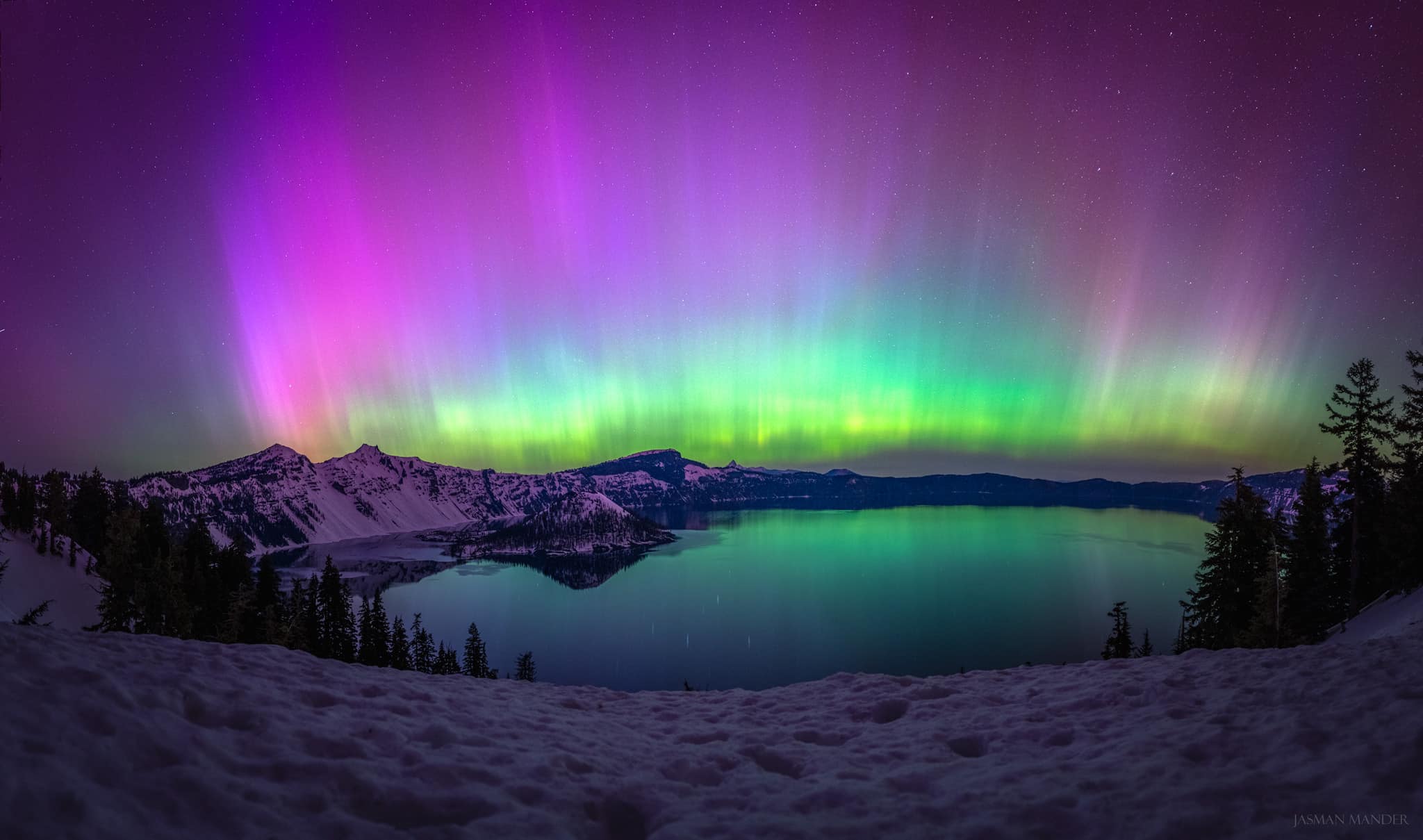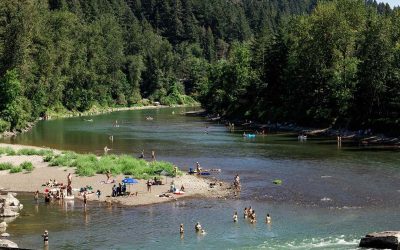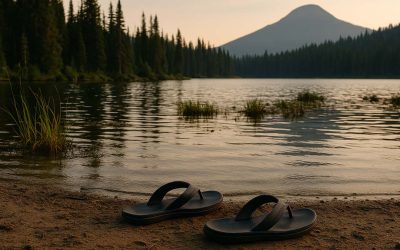On May 22, 1902, Crater Lake National Park in Oregon was officially established when President Theodore Roosevelt signed the bill to make it a national park. As we celebrate its birthday, it’s worth taking a moment to appreciate the park’s remarkable history, stunning natural beauty, and the ongoing efforts to preserve this unique landscape for future generations.
The Birth of a National Treasure
Crater Lake National Park is the fifth-oldest national park in the United States and the only one in Oregon. Its establishment marked a significant milestone in the American conservation movement, reflecting a growing recognition of the need to protect the country's natural wonders. The journey to becoming a national park was not without its challenges. It required the dedication and advocacy of individuals like William Gladstone Steel, who spent over 17 years lobbying for the park’s creation after first visiting the lake in 1885. His passion and determination were instrumental in ensuring Crater Lake’s preservation.
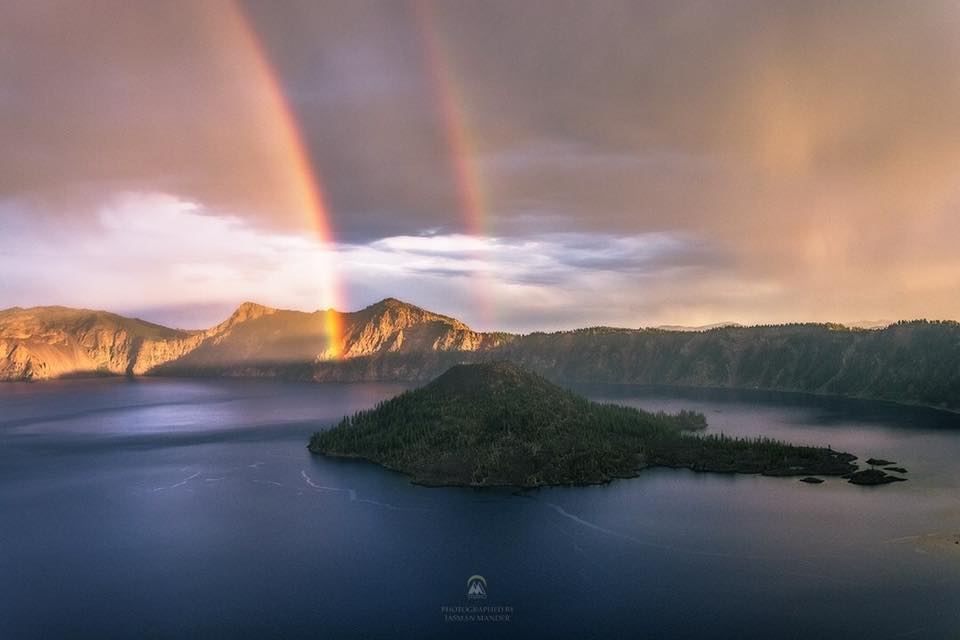
A Geological Marvel
Crater Lake is renowned for its stunning blue color and remarkable clarity, making it one of the most visually striking natural features in the world. The lake was formed over 7,700 years ago when Mount Mazama, a stratovolcano, erupted in a cataclysmic event. The eruption caused the mountain to collapse, creating a caldera that eventually filled with rainwater and snowmelt, forming the deepest lake in the United States at 1,943 feet.
The lake’s pristine water and unique geological features have fascinated scientists and visitors alike. The clarity of the water is due to the lack of inflowing streams, which minimizes sediment and pollution. This clarity allows for an average visibility of 100 feet, revealing a mesmerizing blue hue that changes with the light and weather conditions.
Ecological Significance
Crater Lake National Park is not just a geological wonder; it is also a haven for biodiversity. The park encompasses over 183,000 acres of diverse ecosystems, including old-growth forests, alpine meadows, and volcanic landscapes. These habitats support a wide variety of flora and fauna, some of which are endemic to the region.
The park is home to over 700 plant species, ranging from towering conifers like the Douglas fir and western hemlock to delicate wildflowers that carpet the meadows in spring and summer. Wildlife is abundant, with species such as black bears, mountain lions, elk, and the elusive wolverine making the park their home. Birdwatchers can spot over 200 bird species, including the majestic bald eagle and the endangered spotted owl.
Cultural and Historical Significance
Crater Lake has long been a place of cultural and spiritual significance for Native American tribes, particularly the Klamath people, who have lived in the region for thousands of years. According to Klamath legend, the lake was created during a battle between the spirit of the sky and the spirit of the underworld. The Klamath people view the lake as a sacred place and have passed down stories and traditions that honor its importance.
The park’s history is also intertwined with the broader narrative of American exploration and conservation. Early explorers and scientists, such as John Wesley Hillman and Clarence Dutton, documented their discoveries and observations, contributing to the growing appreciation of the park’s unique features. The establishment of Crater Lake National Park was a triumph for the conservation movement, embodying the values of preservation and stewardship that continue to guide park management today.
Recreational Opportunities and Visitor Experience
Today, Crater Lake National Park attracts nearly 700,000 visitors annually, offering a wide range of recreational opportunities. The park’s Rim Drive, a 33-mile scenic highway, provides breathtaking views of the lake and access to numerous overlooks, trailheads, and picnic areas. Hiking is a popular activity, with trails ranging from easy walks to challenging backcountry routes. The Cleetwood Cove Trail, for example, leads visitors down to the lake’s edge, where they can take a boat tour to Wizard Island, a cinder cone that rises from the lake’s surface.
In winter, the park transforms into a snowy wonderland, offering opportunities for cross-country skiing, snowshoeing, and even winter camping. The serene beauty of the snow-covered landscape provides a stark contrast to the vibrant colors of the summer months, showcasing the park’s year-round appeal.
Conservation and Future Challenges
While Crater Lake National Park is a testament to successful conservation efforts, it faces ongoing challenges that require careful management and continued advocacy. Climate change poses a significant threat, with potential impacts on the park’s ecosystems, water levels, and weather patterns. Invasive species, forest health, and visitor impact are also areas of concern that require vigilant monitoring and adaptive management strategies.
The National Park Service, along with partners and volunteers, works tirelessly to address these challenges and ensure the park’s long-term health and resilience. Education and outreach programs play a crucial role in fostering a sense of stewardship among visitors, encouraging them to appreciate and protect this national treasure.
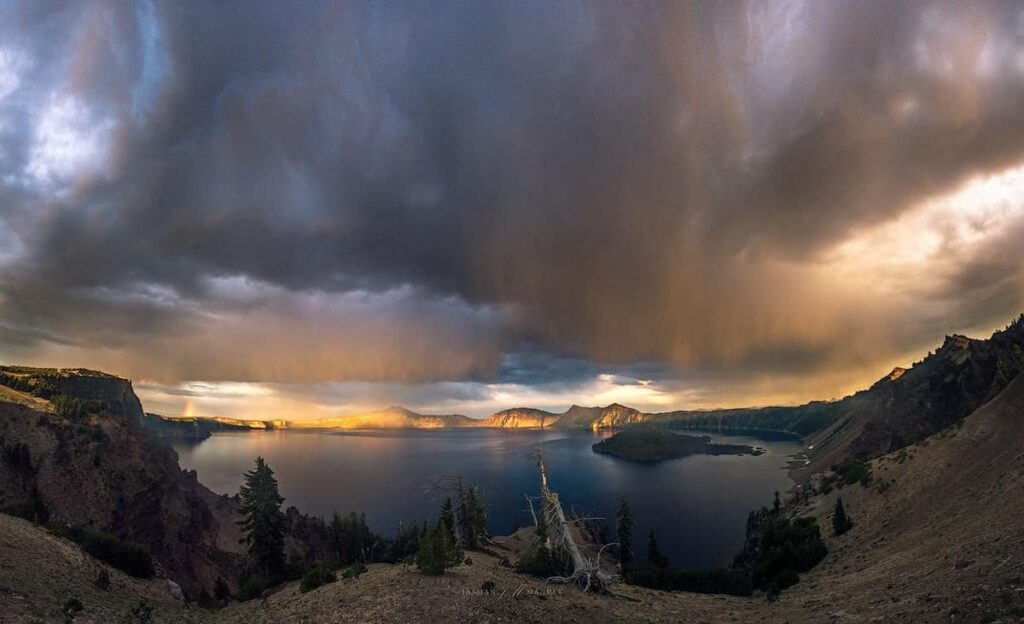
A Legacy of Inspiration
As we celebrate Crater Lake National Park’s birthday, it’s important to reflect on its enduring legacy. The park’s establishment over a century ago was a visionary act that recognized the intrinsic value of preserving natural landscapes for future generations. It serves as a reminder of the power of individual and collective action in safeguarding our natural heritage.
Crater Lake’s awe-inspiring beauty continues to inspire artists, writers, scientists, and adventurers from around the world. Its deep blue waters, dramatic landscapes, and rich biodiversity offer endless opportunities for exploration and discovery. As we look to the future, we can draw inspiration from the park’s history and the efforts of those who have dedicated their lives to its protection.
As we honor Crater Lake National Park’s storied history, we extend a special thanks to Jasman Lion Mander, whose stunning photographs bring the park’s beauty to life in this article. On the pre-dawn hours of Saturday, May 11, 2024, Crater Lake became the stage for an ethereal display as the Northern Lights unfurled across the horizon in a breathtaking symphony of vibrant hues. This celestial event, one of the most luminous displays in our modern era, was a sight to behold. Jasman's quest to capture the elusive aurora borealis culminated in this spectacular showcase, a gift not just for the solitary seeker but for everyone who shared in this cosmic event from around the globe. We stand in gratitude, humbled by the splendor bestowed upon us by Mother Nature’s generous hand.
In honoring Crater Lake National Park, we celebrate not only a place of extraordinary natural beauty but also a symbol of the enduring spirit of conservation. May its pristine waters and majestic landscapes continue to captivate and inspire for generations to come. Happy birthday, Crater Lake! Here’s to many more years of wonder and discovery in one of America’s most cherished national parks.

